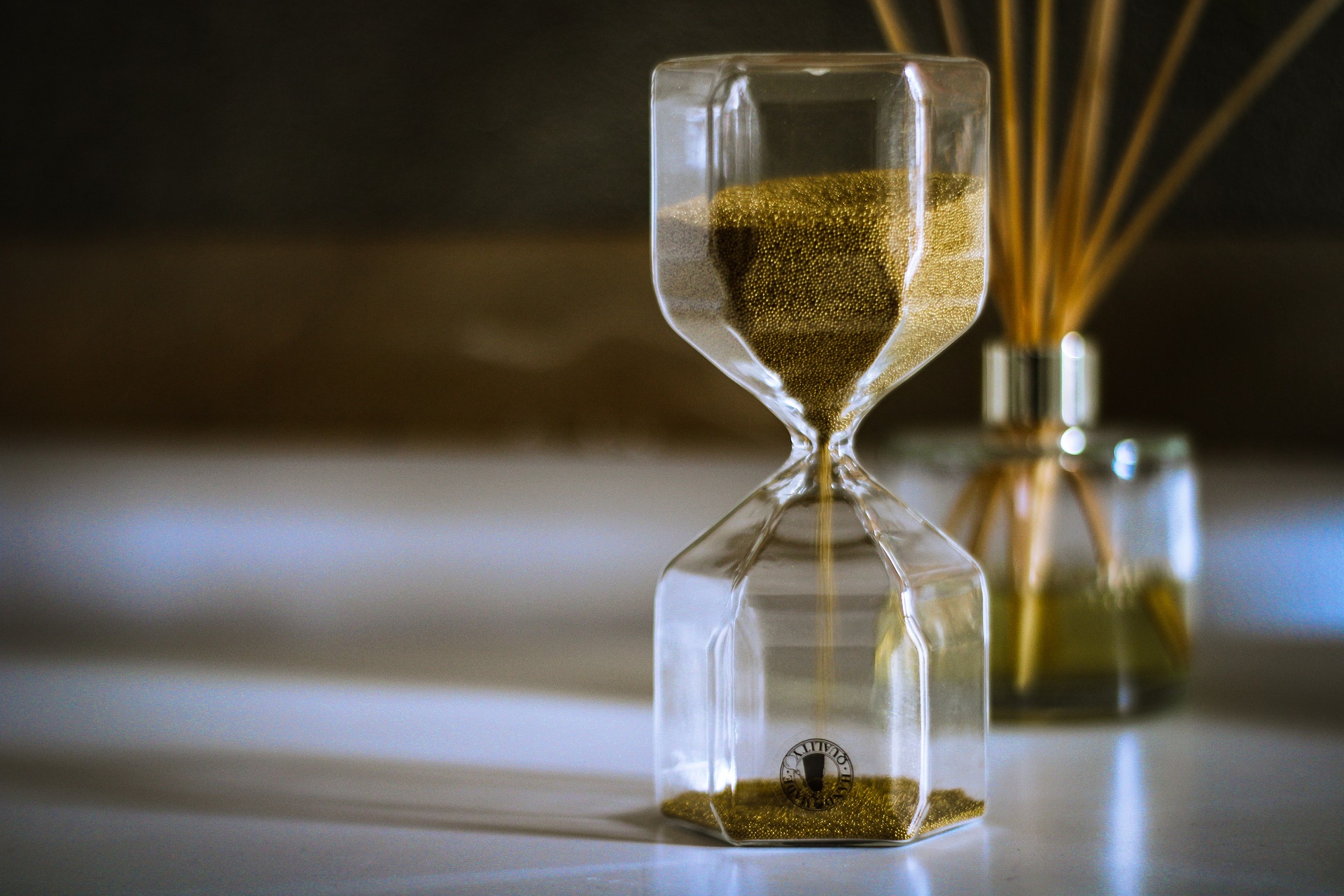Time and contractions
The development of labour pains requires different time periods for each individual.
With the first child, the development of labour pains usually lasts several hours longer than with further children. The time factor has an important role in every birth. In order to be able to relax, let go and let yourself fall into the birth situation; peace, serenity and patience are required. Mother and child need time to produce all the birth hormones needed to set the birth process in motion and control it. Foto: Pixabay free
Foto: Pixabay free
In clinics, women whose cervix does not open within a certain time are diagnosed with "weakness in labour". Within the framework of clinical routine, about 20% of all women are driven to haste. They are told, they are unable to "produce" enough contractions.
The real background, however, is a time measurement system based on average values. Women who need more time do not meet the norm and are considered to be patients who need medication. 780 minutes (13 hours) is the guideline mentioned in a Q&A session in the Bundestag. According to a statement by the German Midwifery Association (DHV), this figure is no longer binding. This means the same key is used for billing, no matter if the birth lasts longer or shorter. Bad luck for women if they give birth at the same time as many others and the staff has to try to get all the women through, because the staff is unlikely to be increased.
The tendency in clinics to administer contraceptives due to "weakness in labour" contradicts natural hormonal development, especially in first time mothers.
It is also contrary to children's rights, which apply to children before, during and after birth. For example, the right to life, to health care and to protection against the use of force (Art. 1, 24 and 19 CRC).
Violence? Children who are born are in hormonal reciprocity with their mother. A contraction comes, the child feels the change and slowly adjusts to it. However, if artificial contraceptives are given, the child must adapt to the dose set by the nurse or midwife for the frequency and intensity of the contractions. If the mother runs out of breath because the pauses are too short, the child also has no more time to recover. The result is stress for the child, bad heart sounds. ( One already knows why with artificial contractions the putting on of the CTG is prescribed.) The probability of a caesarean section increases. And all this without necessity.
Oxytocans are always produced artificially, even if it is said that they correspond to natural hormones. They usually cause more pain than natural contractions. A so-called labor storm can be the result. This can be very unpleasant and exhausting for the woman giving birth, because the contractions are shortened and there are no rest periods for mother and child. Headaches and vomiting are also common.
The mother-to-be is restricted in her freedom of movement because CTG impedes her. This usually leads to a lying birth position, which is proven to last longer and is also more dangerous for the child because gravity cannot be used. Often painkillers are given. They have a negative influence on the birth process and can lead to circulatory problems. As a result, circulatory stabilizing drugs become necessary with further unforeseeable consequences.
The end of this chain of interventions (intervention cascade) in the natural birth process is often a caesarean section due to "bad heart sounds" of the child.
From GreenBirth's point of view, this is a worrying maldevelopment, especially if approx. 50% of all CTG measurements before and during birth lead to false diagnoses (data from the German Society for Gynaecology and Obstetrics 2014) or 90% of all CTG measurements show pathological results 2 hours before birth. ("Against the Trend - How to Lower the Cesarean Section Rate" brochure of AKF 2018, p. 12)
Every woman has the right to give birth to her baby in their own rhythm. The time she needs to do this must be respected. The birth is over, when the umbilical cord stops pulsing and the placenta is born.
Time pressure: Talk about the topic at the information evening in the clinic.
Ask for the personnel key and the Caesarean section rate. You can also make sure that your baby's umbilical cord pulsates out before being cut off. This will also prevent your baby from being carried away immediately after birth to be examined by a pediatrician. This can also happen an hour later.
